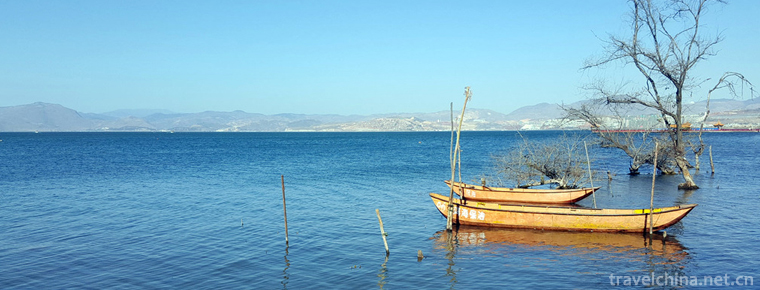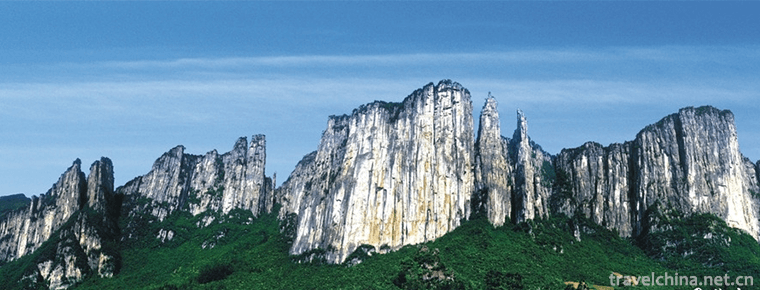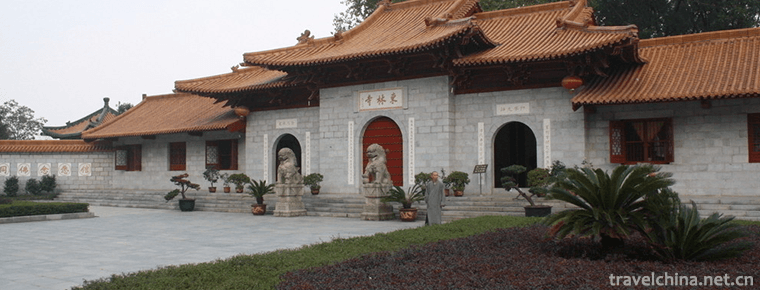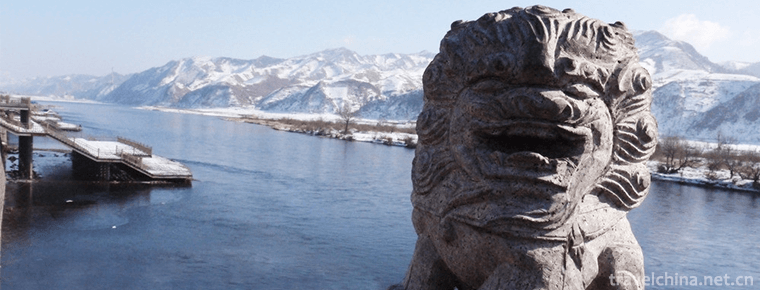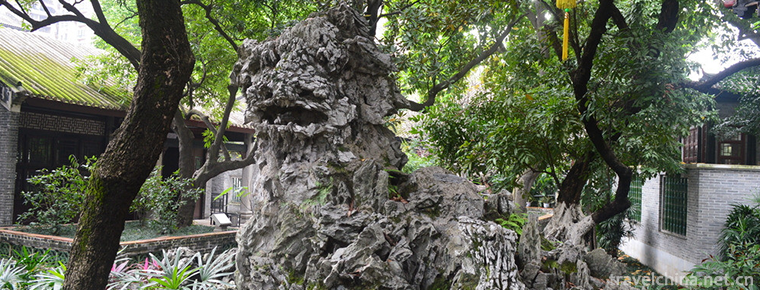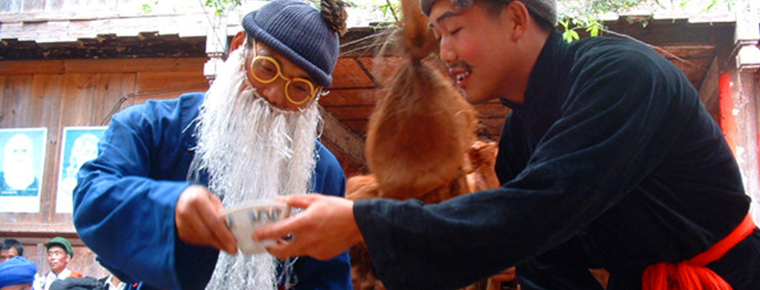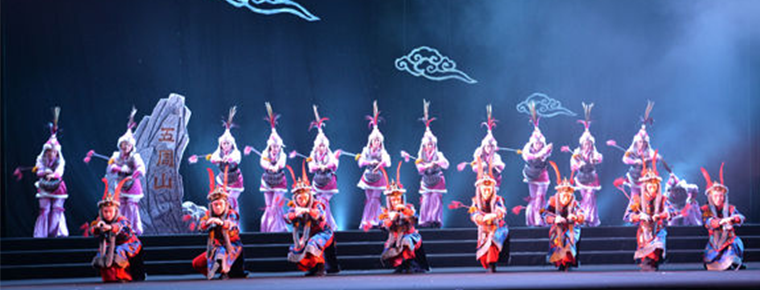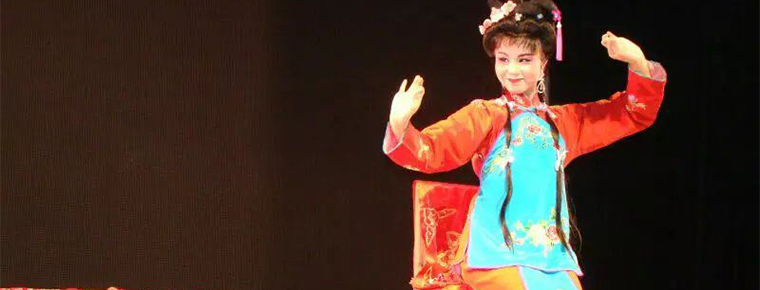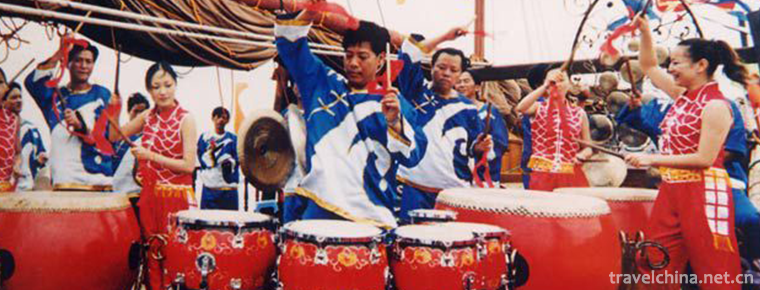Red Army ferry scenic spot in Cangxi County
Red Army ferry scenic spot in Cangxi County
The Red Army ferry in Cangxi generally refers to the Red Army ferry scenic spot in Cangxi County
Cangxi Red Army ferry is located in Cangxi County, Sichuan Province. There is an ancient ferry by the Jialing River in Tashan Bay 3 km southeast of Cangxi city. Close to the mountain and by the water, the terrain is very dangerous, the rocks are steep, and the trees are green. Jialing River from north to south, beautiful scenery.
Located in the ecological and cultural tourism area of Jialing River Basin, Cangxi Red Army ferry · West Wudang Mountain scenic spot is located in the Sichuan Shaanxi Chongqing red tourism line, the red tourism line of "revisiting the long march road", the cultural tourism line of the Three Kingdoms, and the tourism line of Wenchuan earthquake ruins. It is the starting point of the long march of the Fourth Red front army, the memorial site of the strong crossing of the Jialing River campaign, the national patriotic education demonstration base and one hundred red tourism in China It is 18 kilometers away from Langzhong, a famous historical and cultural city and an excellent tourist city in China. It is close to Jianmen Xiongguan, the hometown of the empress, red Bazhong, Zhu De's hometown, Xiaoping's former residence, and Tangjiahe, the homeland of life. It is a theme of "red earth, green landscape and pear hometown", It is a comprehensive tourist area integrating red tourism, ecological tourism, leisure tourism and Taoist tourism.
historical origin
In the spring of 1935, the Fourth Front Army of the Chinese workers' and peasants' Red Army was ordered to cross the river and advance westward in order to cooperate with the Central Red Army's northward Anti Japanese campaign. Tian Songyao, a warlord of the Kuomintang, gathered 53 regiments to guard the 200 km long river defense line. They tried to stop us from advancing westward by virtue of the Jialing natural moat, waiting for the opportunity to besiege the four front army. In order to smash the enemy's plot and implement the central strategic policy of "crossing the Yangtze River and entering the north and resisting Japan", the Red Army forcibly crossed the Jialing River with Tazishan as the main ferry and launched a fierce attack against the enemy Attack. As the army marched westward, the Kuomintang's bleak operation of the river defense collapsed overnight. The Red Army marched northward and embarked on a new journey.
Later stage construction
In order to commemorate the heroic achievements of the Red Army officers and men and to commemorate the victory of the Red Army crossing the river, the people of Cangxi named the ferry under Tazishan as "the Red Army Crossing". In July 1980, the "Red Army Crossing" was established as a provincial cultural relic protection unit by the provincial people's government.
On the eve of August 1, 1987, on the occasion of the 60th anniversary of the founding of the Chinese people's Liberation Army, a majestic statue of the Red Army crossing the river stood on the Bank of the Jialing River, adding new charm to the heroic land infiltrating the Red Army's blood.
”Three glittering large characters inlaid in black marble, particularly dazzling. On the base are bust statues of three Red Army soldiers and two red guards. Their eyes were wide, their lips closed, and they watched the enemy warily. It was like the roar of the waves and the roar of the wind. The brave soldiers, the brave soldiers, braved the waves. The whole statue, like an arrow off the string and a flying eagle in the air, vividly and vividly shows the fearless heroism of the Red Army soldiers. Red Army ferry, Wudang Mountain, chongxia pagoda and other scenic spots nearby have been developed into a scenic spot. Enter the scenic area, tower pavilions, shaded in the shade; tall and straight tasong green to drop, luxuriant evergreen long companion soul. The Red Army memorial hall and stele forest show the heroic achievements of the Red Army in those years. On the Red Army crossing, galloping eyes galloping heart, but see the clouds and mountains, the river is magnificent, let people enjoy the sight, exuberant. This scenic spot, which integrates cultural landscape and natural landscape, is favored by many tourists.

Red Army ferry scenic spot in Cangxi County
-
Enshi Grand Canyon
Enshi Grand Canyon is located in Tunpu Township and Banqiao Township, Enshi City, Hubei Province. It is located at the junction of Hunan, Chongqing and Hubei provinces. It is the most beautiful sectio
Views: 187 Time 2018-12-12 -
Conch Valley Scenic Area
Hailuogou is located in Moxi Town, Luding County, Sichuan Province, on the eastern slope of Gongga Mountain. It is a very high mountain area on the eastern edge of the Qinghai-Tibet Plateau
Views: 207 Time 2018-12-12 -
Dongjiang Lake Tourist Area Coconut City
Dongjiang Lake Scenic Tourist Area is located in Zixing City, Hunan Province. It is a national scenic spot, a national 5A scenic spot and a national wetland park.
Views: 208 Time 2018-12-12 -
Donglin Temple
Donglin Temple, located at the foot of Lushan Mountain, Jiujiang City, Jiangxi Province, is 16 kilometers north of Jiujiang City and 50 kilometers east of Lushan Luling Street. Because it is east of X
Views: 164 Time 2018-12-20 -
the Capital Cities and Tombs of the Ancient Gaogouli Kingdom
Gaogouli is located in Ji'an City, Jilin Province. It includes domestic cities, Wandu Mountain City, 14 Royal mausoleums and 26 noble tombs. Domestic city and Wandu Mountain City
Views: 144 Time 2019-01-12 -
Qinghui Garden
Qinghui Garden is an ancient garden building built in Ming Dynasty. Located in Qinghui Road, Daliang Town, Shunde District, Foshan City, Guangdong Province,
Views: 224 Time 2019-02-07 -
Ear song
"Earsong" is also known as "Decorative Red". In Bai language, "ear" means simple son, and "song" means dance. It originated in the mountainous Bai nationality i
Views: 218 Time 2019-04-28 -
Huanglong drama
Huanglong Opera, a local traditional drama in Nong'an County, Jilin Province, is one of the national intangible cultural heritage.
Views: 148 Time 2019-05-04 -
Sizhou opera
Sizhou Opera is one of the four major operas in Anhui Province. Its original name is Lahun Opera. It has a history of more than 200 years. Many people think that it originated in Haizhou, northern Jia
Views: 145 Time 2019-06-16 -
Zhoushan gongs and drums
Zhoushan gongs and drums are the representatives of traditional folk art in Zhoushan City, Zhejiang Province. They are based on gongs, drums, cymbals and clappers, with silk bamboo, magnificent sound
Views: 128 Time 2019-08-10 -
Nanchong first industry
In 2019, the sown area of grain crops in Nanchong is 558000 ha, which is 0.15% lower than that in 2018. The sown area of oil crops is 152000 ha, an increase of 1.9% over that in 2018. The vegetable planting area is 154000 hectares, an increase of 3.9% over that in 2018.
Views: 376 Time 2020-12-17
